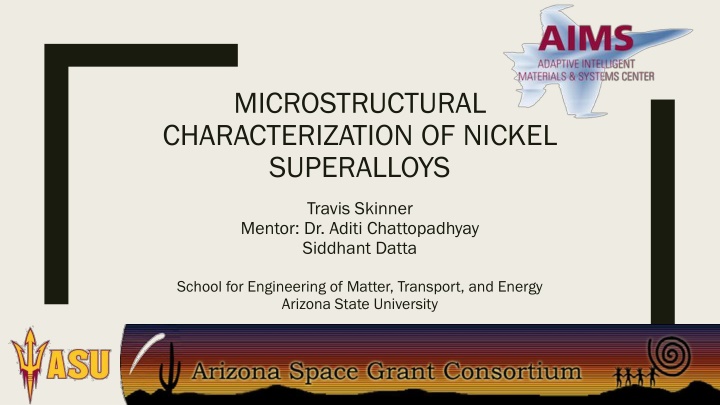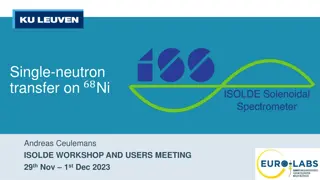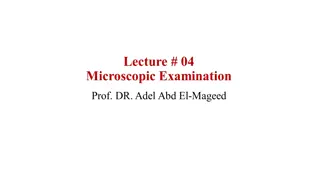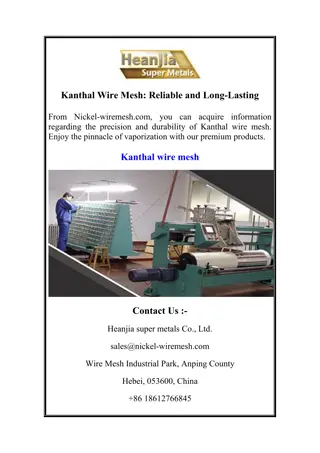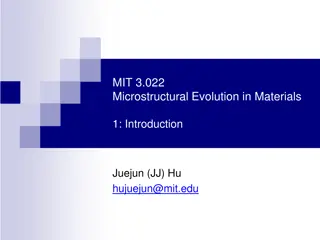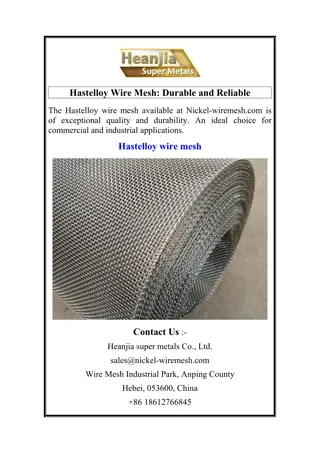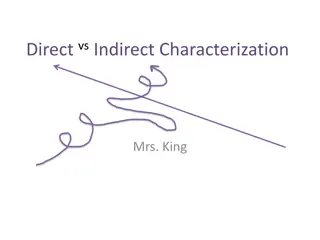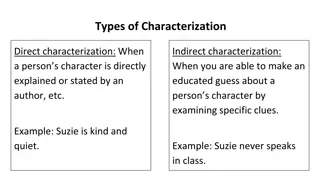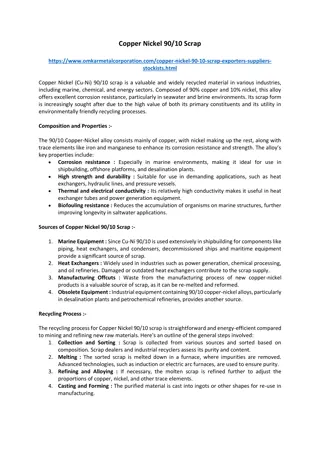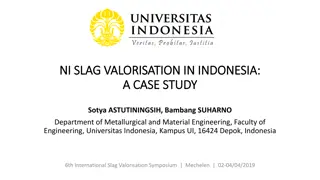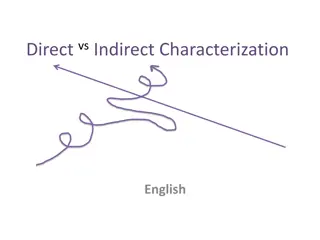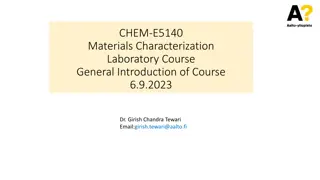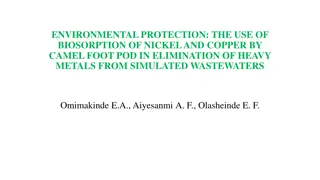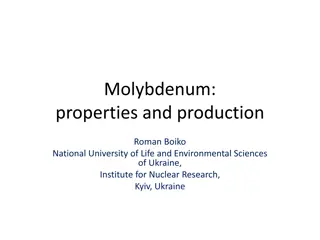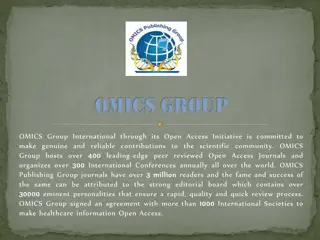Microstructural Characterization of Nickel Superalloys
This study by Travis Skinner under Dr. Aditi Chattopadhyay at Arizona State University delves into the microstructural analysis of nickel superalloys, providing insights valuable for material engineers and researchers in the field.
Download Presentation

Please find below an Image/Link to download the presentation.
The content on the website is provided AS IS for your information and personal use only. It may not be sold, licensed, or shared on other websites without obtaining consent from the author.If you encounter any issues during the download, it is possible that the publisher has removed the file from their server.
You are allowed to download the files provided on this website for personal or commercial use, subject to the condition that they are used lawfully. All files are the property of their respective owners.
The content on the website is provided AS IS for your information and personal use only. It may not be sold, licensed, or shared on other websites without obtaining consent from the author.
E N D
Presentation Transcript
MICROSTRUCTURAL CHARACTERIZATION OF NICKEL SUPERALLOYS Travis Skinner Mentor: Dr. Aditi Chattopadhyay Siddhant Datta School for Engineering of Matter, Transport, and Energy Arizona State University
Superalloy Background Inconel 718 (IN 718) Inconel 718 (IN 718) Among the most widely used superalloys Resistant to high temperature and fatigue Rene N5 Rene N5 Single crystalline material Excellent creep and fatigue resistance Lightweight IN turbine wheel. http://masterpower.eu/turbo-specifications-explained Rocket engine with Inconel nozzle http://www.spacex.com/news/2014/07/31 2
Research Methodology Objective Objective Characterize effect of microstructure on thermomechanical fatigue and fracture response. Cut samples with abrasive CBN blade (Cubic Boron Nitride). Polished to < 1?? using LabPol 5 polisher with Dia-Duo diamond suspension lubricating fluid. Chemically etched using concentrated acids and oxidizers. Examined samples with SEM (Scanning Electron Microscope) and optical microscopy. 3
IN 718-Healthy Confocal microscope image of healthy IN 718 after etching with Glycerygia, which dissolves the phase. Healthy IN 718 etched with ?2?2 and ???. This attacks high-energy grain boundaries. 4
IN 718-Fatigued to Fracture SEM images of fractured IN 718. Note the dimpled nature of fracture surface. 5
Rene N5-Healthy Crystal structure and creep resistance http://makezine.com/2012/01/16/single-crystal-superalloys/ SEM image of ? precipitates in Rene N5. 6
Rene N5-Fatigued to Fracture SEM image of fractured N5. Note step pattern on fracture surface. Dimples similar to those seen in IN 718 samples. 7
Concluding Remarks Recap Recap Thermomechanical fatigue response and fracture features were directly correlated to specific features of microstructure. IN 718: IN 718: Crack grows along grain boundaries, is diverted around ? precipitates. Precipitates cause highly dimpled fracture surface. Rene N5 Rene N5 Crack propagates as deformation twins occur, causing stepped pattern on fracture surface. 8
Future Work Further Further fractographic fractographic analysis Study micromechanisms governing fatigue crack growth. Analyze different crack growth stages and correlate fracture features to microstructure. Fatigue crack initiation Fatigue crack initiation Analyze how repeated loading affects microstructure. Study slip bands within fatigued material analysis 9
Thank you! Questions? Questions? 10
